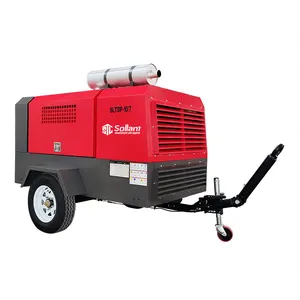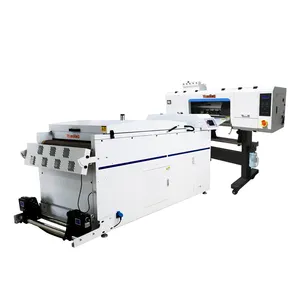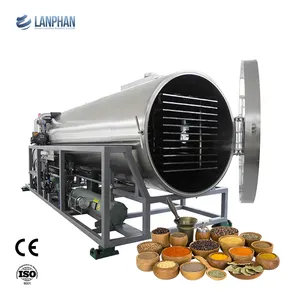Popular in your industry
































































Top categories
About gas log splitter
A gas log splitter is a log-splitting machine that is powered by gas. It is used to split larger logs into smaller pieces for use in stoves, fireplaces, or other purposes.
The structural features of gas log splitters
The structure of a gas log splitter typically includes the following key features. Engine: A gas wood splitter is equipped with a gas-powered engine that provides the necessary power to drive the hydraulic system. The engine is usually fueled by propane or natural gas. Hydraulic Pump: The engine powers a hydraulic pump, which generates hydraulic pressure. The pump draws hydraulic fluid from a reservoir and pressurizes it. Control Valve: The hydraulic pump sends pressurized hydraulic fluid to a control valve. The control valve allows the operator to control the movement of the splitting ram. Splitting Ram: The splitting ram is the component responsible for exerting force on the log to split it. It is driven by the pressurized hydraulic fluid.
Log Tray or Platform: The log to be split is placed on a log tray or platform. It provides a stable surface for the log during the splitting process. Wedge or Blade: The splitting ram is equipped with a wedge-shaped splitting head or blade. It is the part that penetrates the log and creates the split. Frame and Wheels: Gas-powered log splitters often have a sturdy frame made of metal or heavy-duty materials to provide stability and support. They may also have wheels or handles for easy transportation and maneuverability. Safety Features: Gas-powered wood splitters are equipped with various safety features to ensure safe operation. They may include safety shields, two-handed operation controls, and emergency stop buttons.
The types of gas log splitters
Based on the driving mechanism and functionality of gasoline wood splitters, they can be categorized into the following types. Vertical gas log splitter: The splitter has a vertical splitting position, where the log is placed on a splitting platform, and the splitting ram exerts force from the top to split the log. Vertical splitters are suitable for larger and heavier logs. Horizontal gas log splitter: The splitter has a horizontal splitting position, where the log is placed on a splitting platform, and the splitting ram exerts force from the back to the front to split the log. Horizontal splitters are suitable for smaller and lighter logs.
Manual operation gas log splitter: The splitter requires manual control of the splitting ram's movement, using a control valve to regulate the splitting and retracting process. Automatic operation gas log splitter: The splitter is equipped with an automatic control system that can perform splitting and retracting operations automatically based on preset settings, reducing the labor required from the operator. Additionally, gas log splitters can also be categorized based on their power and splitting capacity, such as small residential gas log splitters and large commercial gas log splitters. Different types of gas log splitters are suitable for different splitting needs and usage scenarios.


































